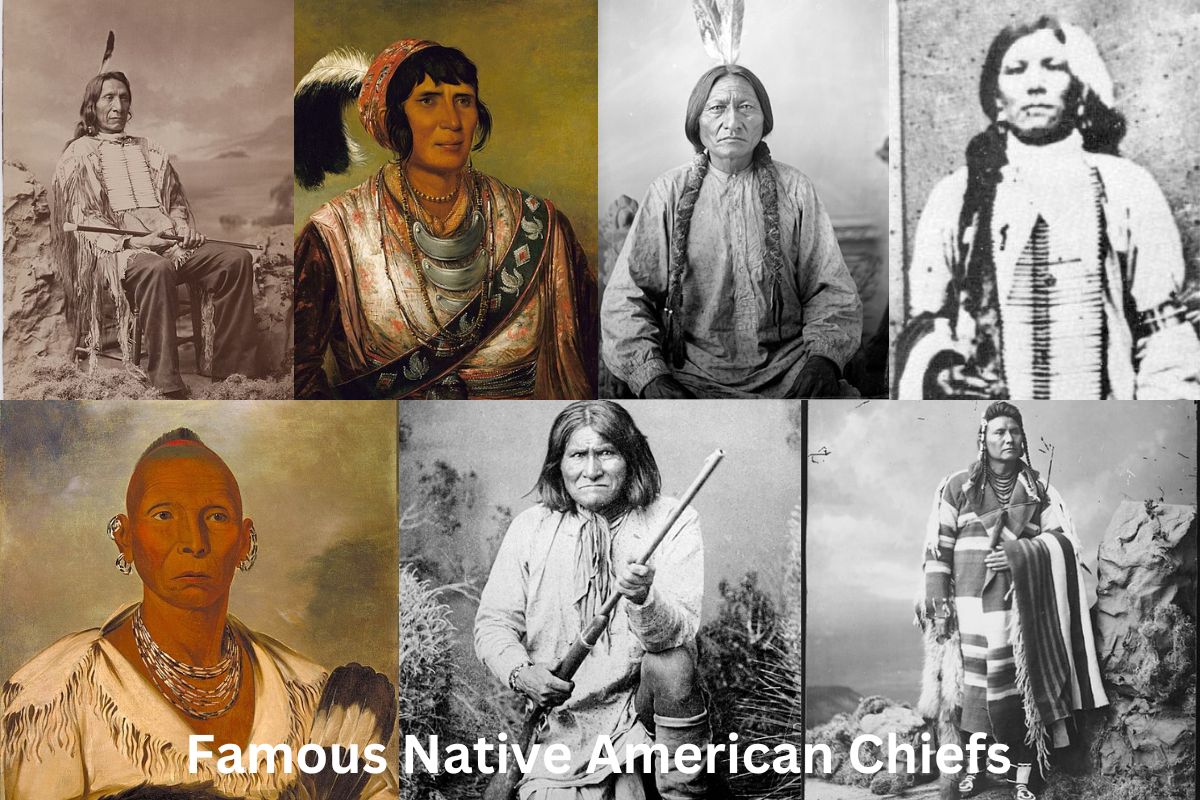Native American chiefs were the leaders of their tribes or confederacies, and they were in charge of making crucial choices that affected their people’s everyday life.
Chiefs were frequently picked for their bravery, knowledge, and leadership skills. They had positions of power and were well-liked in their communities.
Native American leaders were instrumental in negotiating treaties, protecting their territories against European settlers, and preserving their cultures and traditions.
Numerous notable Native American chiefs, including Sitting Bull, Geronimo, and Crazy Horse, were known for their opposition to European colonization.
Native American chiefs continue to lead their communities and struggle for their people’s rights and recognition.
Famous Native American Chiefs
1. Sitting Bull
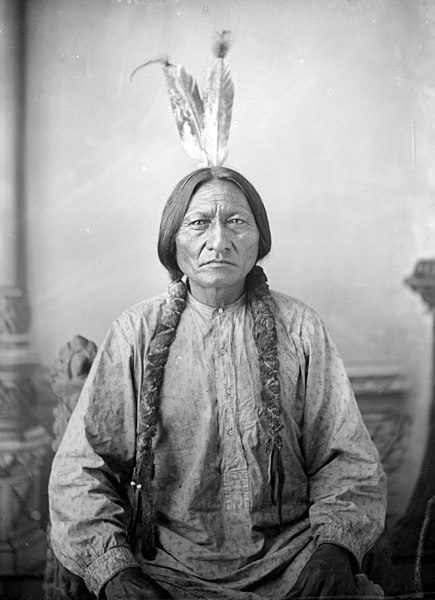
Sitting Bull (1831-1890) was a Hunkpapa Lakota Sioux chieftain known for his outspoken opposition to the United States government’s efforts to evict Native Americans from their lands and force them onto reservations.
He was born among the Lakota tribe in modern-day South Dakota and rose to fame as a warrior rapidly. Sitting Bull’s leadership talents and military methods contributed to his people’s esteem.
Sitting Bull is well recognized for his role in the Great Sioux War of 1876, also known as the Black Hills War. The US administration had violated the Treaty of Fort Laramie by attempting to harvest gold from the Lakota’s sacred Black Hills.
Sitting Bull organized an alliance of tribes against the American Army in reprisal, including the Cheyenne and Arapaho. His victory over General Custer at the Battle of the Little Bighorn made him a Native American national hero.
After the fight, Sitting Bull and his troops were forced to surrender and were placed on a reserve. He persisted in his advocacy for Native Americans’ rights and traveled to Europe to increase awareness of their plight.
He was killed in 1890 after a shootout with Indian agency police who were attempting to arrest him. Sitting Bull’s legacy as a warrior and leader continues to inspire Native Americans today.
2. Geronimo
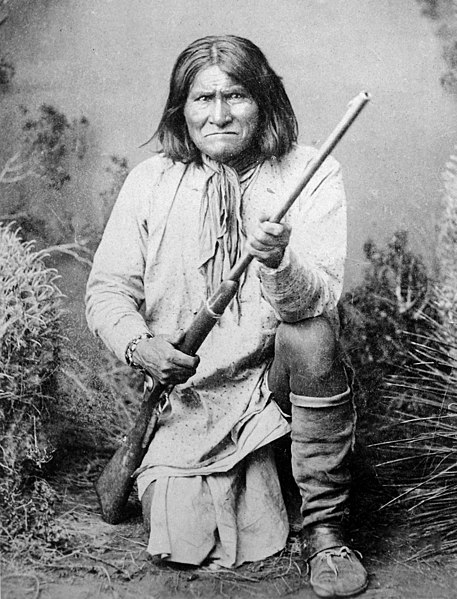
Geronimo (1829-1909) was an Apache warrior and commander who fought against the United States government’s efforts to relocate Native American tribes to reservations. He was born in modern-day Arizona and rose to prominence as a warrior rapidly.
Geronimo initiated raids against Mexican and American settlers after his family was slaughtered by Mexican soldiers in the 1850s. His raids and skirmishes against the US Army lasted decades, and he rose to become one of the most feared and well-known Native American commanders of his era.
After years of fighting, Geronimo and his supporters surrendered to the US Army in 1886. He and his people were relocated to reserves in Florida and, later, Oklahoma, where he advocated for Native American rights.
Geronimo came to represent Native American rejection to the US authority, and he became connected with bravery and resistance. In the years since his death, he has been acknowledged as a hero and honored by various Native American tribes.
Native People are inspired by his memory to fight for their rights and to speak out against injustice.
3. Crazy Horse
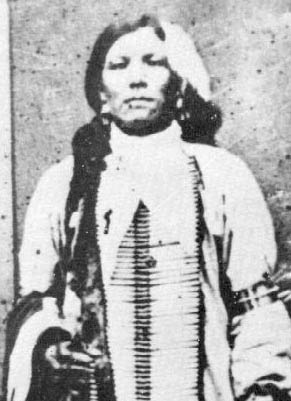
During the Great Sioux War of 1876, Crazy Horse was an Oglala Lakota warrior who fought against the United States Army. He was born in modern-day South Dakota and rose to prominence among his people as a warrior and chieftain.
Crazy Horse played a key role in the 1876 Battle of the Little Bighorn, in which a coalition of Native American tribes, including the Lakota, destroyed US Army forces led by General George Custer. He continued to oppose US Army efforts to push his people onto reservations throughout the Great Sioux War and fought in several following battles.
Crazy Horse’s leadership and military abilities earned him the respect and admiration of his people, but he was also known for his humility and devotion to Lakota traditions and beliefs. For unclear reasons, he was killed in 1877 while being hauled into prison by US Army forces.
Crazy Horse is remembered today as a brave warrior and leader who fought to protect his people’s land, culture, and way of life. His legacy continues to inspire Native Americans and those who seek to preserve and appreciate the history and customs of indigenous peoples.
4. Red Cloud
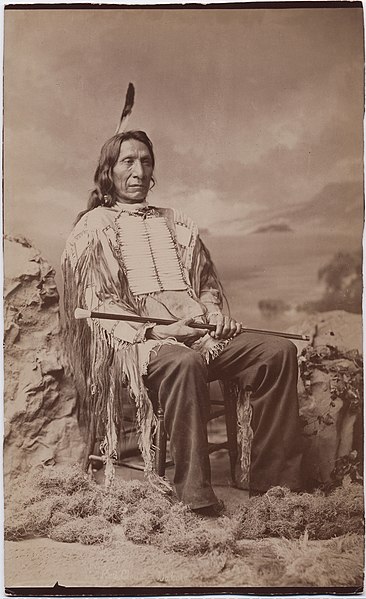
Red Cloud (1822-1909) was an Oglala Lakota chief who successfully fought against the US government to preserve his people’s territory and way of life. He was born in modern-day Nebraska and came to prominence among his people as a warrior and chieftain.
In the 1860s, Red Cloud led a coalition of Native American tribes in a fight against the US government’s efforts to build forts and highways in the Powder River region of present-day Montana and Wyoming. During Red Cloud’s War, he and his supporters killed numerous US Army personnel and forced the government to abandon many forts.
Red Cloud was also influential in the 1868 Treaty of Fort Laramie, which granted the Lakota sovereignty over a large portion of their traditional territory in present-day South Dakota’s Black Hills region.
Notwithstanding his achievements, Red Cloud faced enormous challenges in the years that followed as the US government began to impinge on Native American territory and resources. He devoted the most of his later life to advocating for his people’s rights and preserving Lakota customs and culture.
Red Cloud is remembered today as a bold leader and skilled negotiator who fought to protect his people’s way of life in the face of adversity. His legacy continues to inspire Native Americans and anybody who wishes to understand and preserve the history and customs of indigenous peoples.
5. Chief Joseph
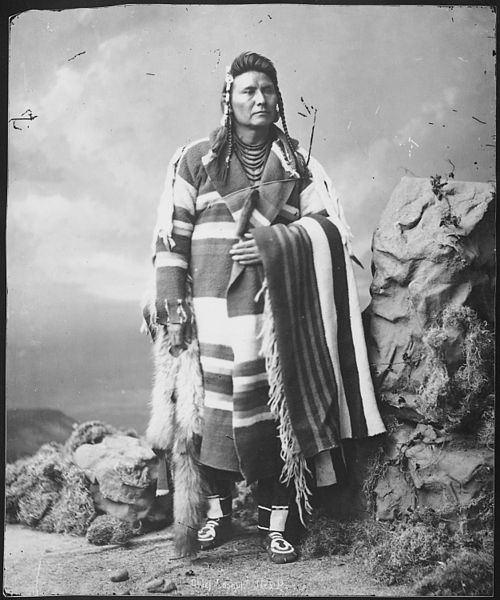
Chief Joseph (1840–1904) was a Nez Perce leader who led his people on a 1,200-mile march to avoid US Army forces in 1877. After his father died in 1871, he became the leader of the Nez Perce Wallowa band in modern-day Oregon.
The United States government ordered the Nez Perce to leave their country and relocate to an Idaho reservation in 1877. Chief Joseph disobeyed the order and led his people away from the US Troops. During the journey, he delivered his famous statement, “I will no longer fight forever,” in which he articulated his people’s desire for peace and acceptance of their fate.
Despite his efforts, Chief Joseph and his people were apprehended by US Army forces in Montana, roughly 40 miles from the Canadian border. They were forced to surrender and were taken to a reservation in Oklahoma. Chief Joseph spent the rest of his life fighting for Native American rights and trying to improve conditions for his people on the reservation.
Chief Joseph’s story serves as a reminder of the injustices that Native Americans faced throughout the United States’ westward expansion. His leadership and eloquence in the face of suffering have made him an enduring symbol of Native American resistance and endurance.
6. Tecumseh
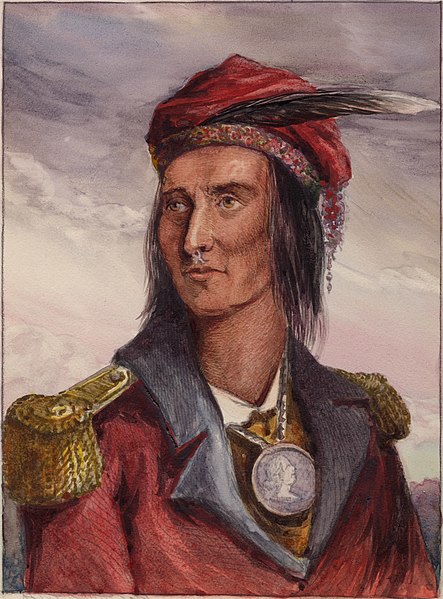
Tecumseh was a Shawnee chief who lived in the late 1800s and early 1900s. He was born in what is now Ohio around 1768 and rose to prominence among the region’s Native tribes. Tecumseh was well-known for his oratory talents and efforts to bring the tribes together in opposition to American encroachment into the Northwest Territory.
Tecumseh believed that in order to oppose American encroachment on their territory, the tribes needed to band together. He traveled widely to neighboring Native American tribes in search of a confederacy to safeguard their territory and way of life. During the War of 1812, he also formed alliances with British forces in the hope that they would aid him in his war against the Americans.
Tecumseh was unable to unite all of the tribes in the region despite his efforts. He was slain in the Battle of the Thames in Ontario, Canada, in 1813, while fighting alongside British troops. Although his murder dealt a severe blow to the Native American resistance movement, his legacy lives on as a symbol of Native American opposition to American encroachment. Tecumseh is remembered today as a hero and a visionary leader who battled for his people’s rights.
7. Black Hawk
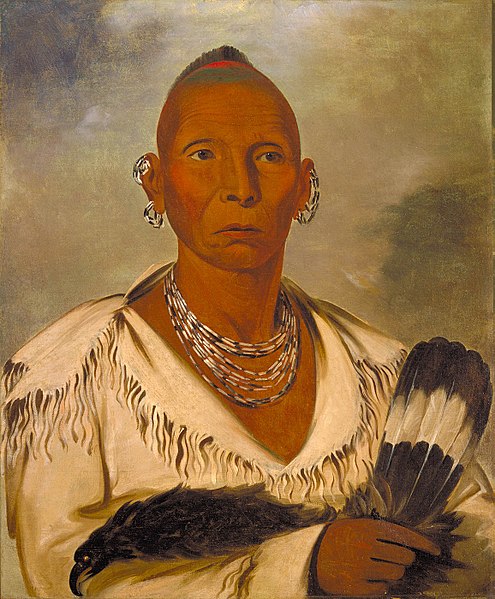
Black Hawk was a Sauk chief who lived in the late 1800s and early 1900s. He was born in what is now Illinois around 1767 and rose to prominence among the Sauk people. Black Hawk was well-known for his opposition to American incursion into Sauk territory as well as his efforts to maintain Native American sovereignty.
The US government negotiated a deal with many Native American tribes, including the Sauk, in 1804, ceding much of their land to the US. Black Hawk contested the treaty’s legality and refused to accept it. He continued to dwell on Sauk territories, causing friction with American settlers.
In what is known as the Black Hawk War, Black Hawk and a party of Sauk and Fox warriors fought against American troops in 1832. Notwithstanding the fact that Black Hawk’s forces were eventually defeated, the conflict brought to light Native American grievances against American expansion and fueled discussion about US Indian policy.
After the war, Black Hawk was apprehended and imprisoned. He was eventually liberated and went on a tour of the eastern United States, meeting with President Andrew Jackson and other government figures. Although Black Hawk died in 1838, his memory lives on as a symbol of Native American resistance to American encroachment and a reminder of the need of Native American sovereignty.
8. Pontiac
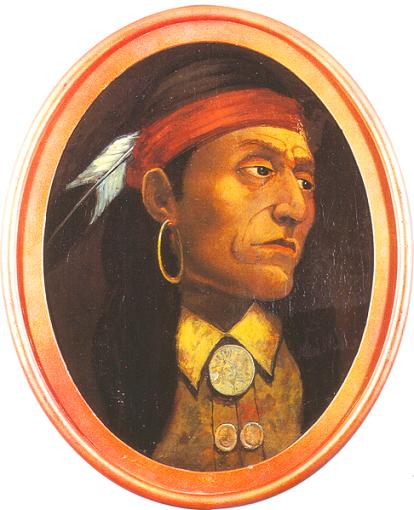
Pontiac was a mid-eighteenth-century Odawa leader. He was born in southern Michigan and rose to prominence among the Great Lakes tribes. Pontiac is most remembered for commanding the French and Indian War uprising against the British.
Pontiac and his allies surprised many British forts in the Great Lakes region in 1763. The uprising was triggered by British attempts to expand into Native American lands, as well as the enforcement of new regulations that enraged many Native American tribes. Pontiac’s men took many forts, including Fort Detroit, but were unable to drive the British out of the area.
Pontiac’s insurrection, despite his defeat, had a profound impact on British colonial policies. In response to the insurrection, the British government issued the Proclamation of 1763, which barred colonists from settling west of the Appalachian Mountains. The proclamation was issued in an effort to reduce tensions with Native American tribes and avoid future wars.
Pontiac resisted British advance until his death in 1769. He is recognized today as a hero of Native American resistance to European colonization, as well as a symbol of the significance of preserving Indian territories and sovereignty.
9. Osceola
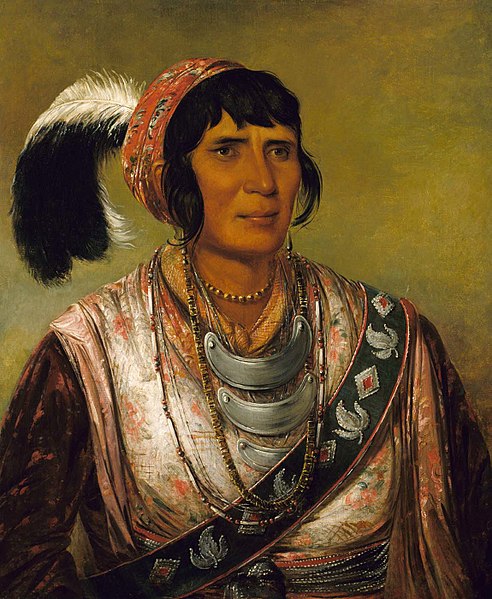
Osceola, sometimes known as William Powell, was a 19th-century Seminole leader. He was born in what is now Alabama and rose to prominence among Florida’s Seminole people. Osceola is best remembered for his leadership during the Second Seminole War, a confrontation between the Seminole people and the government of the United States.
Also Read: Seminole Tribe Facts
The United States signed the Treaty of Payne’s Landing with various Native American tribes, including the Seminole, in 1832. The Seminole were forced under the treaty to relocate west of the Mississippi River in exchange for land in Indian Territory. Osceola contested the treaty’s legality and refused to comply.
Tensions between the Seminole and the US government culminated in the Second Seminole War in 1835. Osceola rose to prominence as a Seminole rebel commander, staging surprise attacks on American troops and pioneering guerilla warfare tactics.
Osceola was captured by American forces in 1837 after agreeing to meet with American officials under a truce flag. In 1838, he died of malaria while imprisoned at Fort Moultrie in South Carolina.
Despite his death, Osceola’s memory endured as a symbol of Native American opposition to American encroachment and a reminder of the need of Native American sovereignty. He is recognized today as a Seminole hero and a symbol of resistance to oppressive policies.
10. Cochise
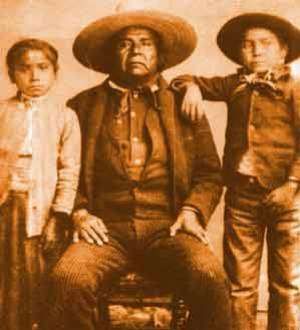
Cochise was a nineteenth-century Chiricahua Apache chief. He was born in what is now Arizona and rose to prominence among the Chiricahua Apaches. Cochise is well known for his opposition to American incursion into Apache territory.
Tensions between the Apache people and American settlers and soldiers erupted into a series of skirmishes known as the Apache Wars in the early 1850s. Cochise rose to prominence as a commander of the Apache resistance, directing raids on American settlements and guerilla warfare methods.
Cochise signed a peace deal with the United States government in 1861, but the arrangement was short-lived. The resultant tensions led to further fighting after American soldiers accused Cochise of kidnapping a rancher.
Cochise resisted American advance until his death in 1874. Despite his defeat, Cochise is revered as a hero of Native American resistance to American imperialism and as a symbol of the importance of Native lands and sovereignty.
Cochise is remembered today through the names of various geographic features in the Southwest, notably Cochise County in Arizona and Cochise Stronghold in the Dragoon Mountains. His memory continues on as a reminder of the continuous struggle for Native American acknowledgment and rights.
11. Quanah Parker
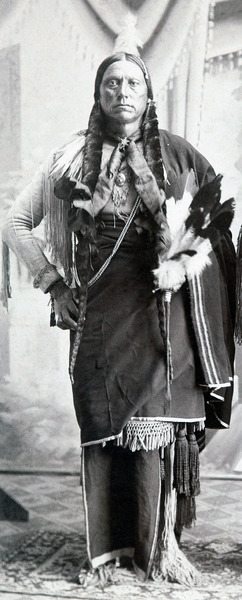
Quanah Parker was a Comanche chief who lived in the late nineteenth and early twentieth century. He was born in what is now Texas and rose to prominence among the Comanche. Quanah Parker is best known for his efforts to negotiate a peace treaty with the United States government, as well as his efforts to better the lives of his people.
Quanah Parker led Comanche raids against American villages and troops in the 1860s and 1870s, opposing American expansion into Comanche territory. However, he saw that further struggle was pointless and began negotiating with the US government.
Quanah Parker was a crucial figure in the discussions that led to the Treaty of Medicine Lodge Creek in 1867, which established a Comanche reserve in Oklahoma. He also sought to better his people’s lives by supporting education, agriculture, and other types of economic development.
Quanah Parker led the Comanche tribe until his death in 1911. He is recognized today as a Native American resistance hero and a symbol of the ongoing struggle for Native American rights and recognition. The Quanah Parker Society, which seeks to preserve Comanche history and culture, carries on his legacy.
12. Chief Seattle
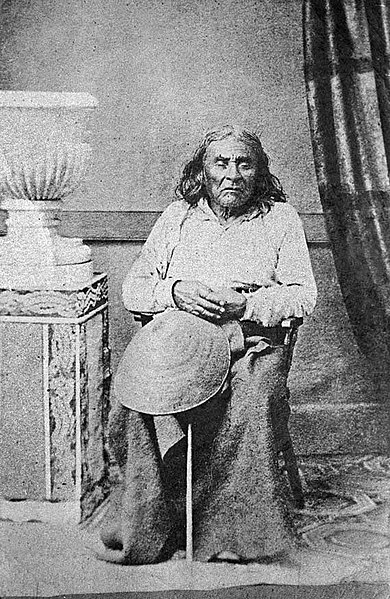
Chief Seattle (1786-1866) was a Suquamish and Duwamish leader known throughout the Pacific Northwest for his eloquence and diplomacy in dealing with European American settlers. He was nurtured in a traditional Native American lifestyle after being born in the state of Washington.
Chief Seattle is most known for delivering a speech to a delegation of US government officials wanting to buy Native American territory in 1854. In his statement, he addressed his people’s profound connection to the land, as well as their concerns about the impact of settlement on their way of life.
Chief Seattle’s statement has been widely referenced and recognized as a pioneering environmental pronouncement. It has also been interpreted as a call for Native People and non-Native Americans to coexist in peace and harmony.
Despite Chief Seattle’s diplomatic efforts, his people were eventually forced to relocate to a reservation. He pushed for Native American rights and tried to preserve his people’s heritage and traditions during his senior years.
Chief Seattle is remembered today as a competent and intelligent leader who pushed for Native American and non-Native American peace, understanding, and respect. His legacy motivates people to work for a more just and equal society.
13. Powhatan
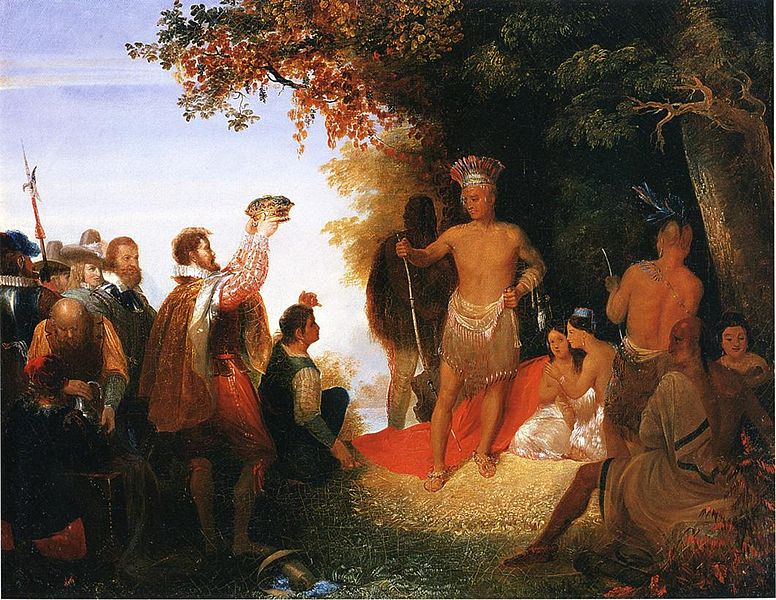
Powhatan, sometimes known as Wahunsenacawh, was a 16th and 17th century Native American chief. He was the Powhatan Confederacy’s chief, a confederation of Native American tribes in Virginia that comprised the Pamunkey, Mattaponi, and Chickahominy peoples.
Powhatan is well known for his relations with the English colonists that arrived in 1607 at Jamestown. He first saw the colonists as potential partners and traded with them; however, as the English settlement grew, tensions between the colonists and the Powhatan Confederacy intensified.
Pocahontas, Powhatan’s daughter, was kidnapped and kept hostage by English colonists in 1609. Powhatan arranged her release and kept a shaky peace with the English, but fighting raged on.
Powhatan died in 1618, and his brother took over as Powhatan Confederacy leader. In 1644, the English colonists conquered the Powhatan Confederacy in the Second Anglo-Powhatan War.
Powhatan is regarded today as a symbol of Native American resistance to European colonization and a reminder of colonization’s impact on Indigenous people. Pocahontas, his daughter, has also become a well-known figure in American history and folklore.
